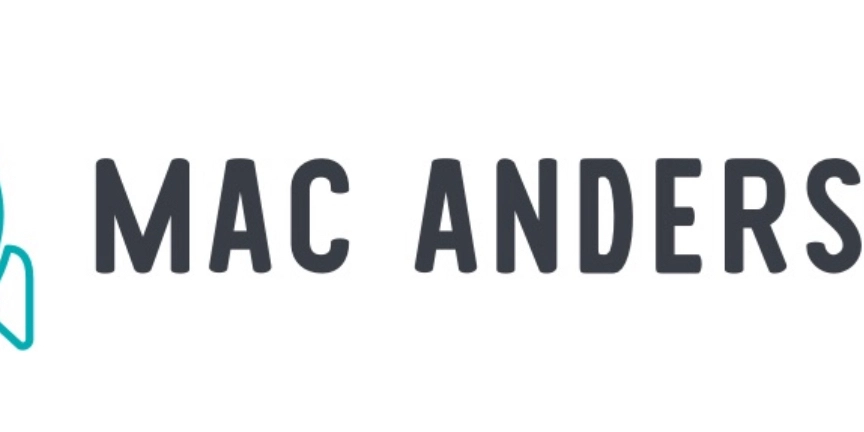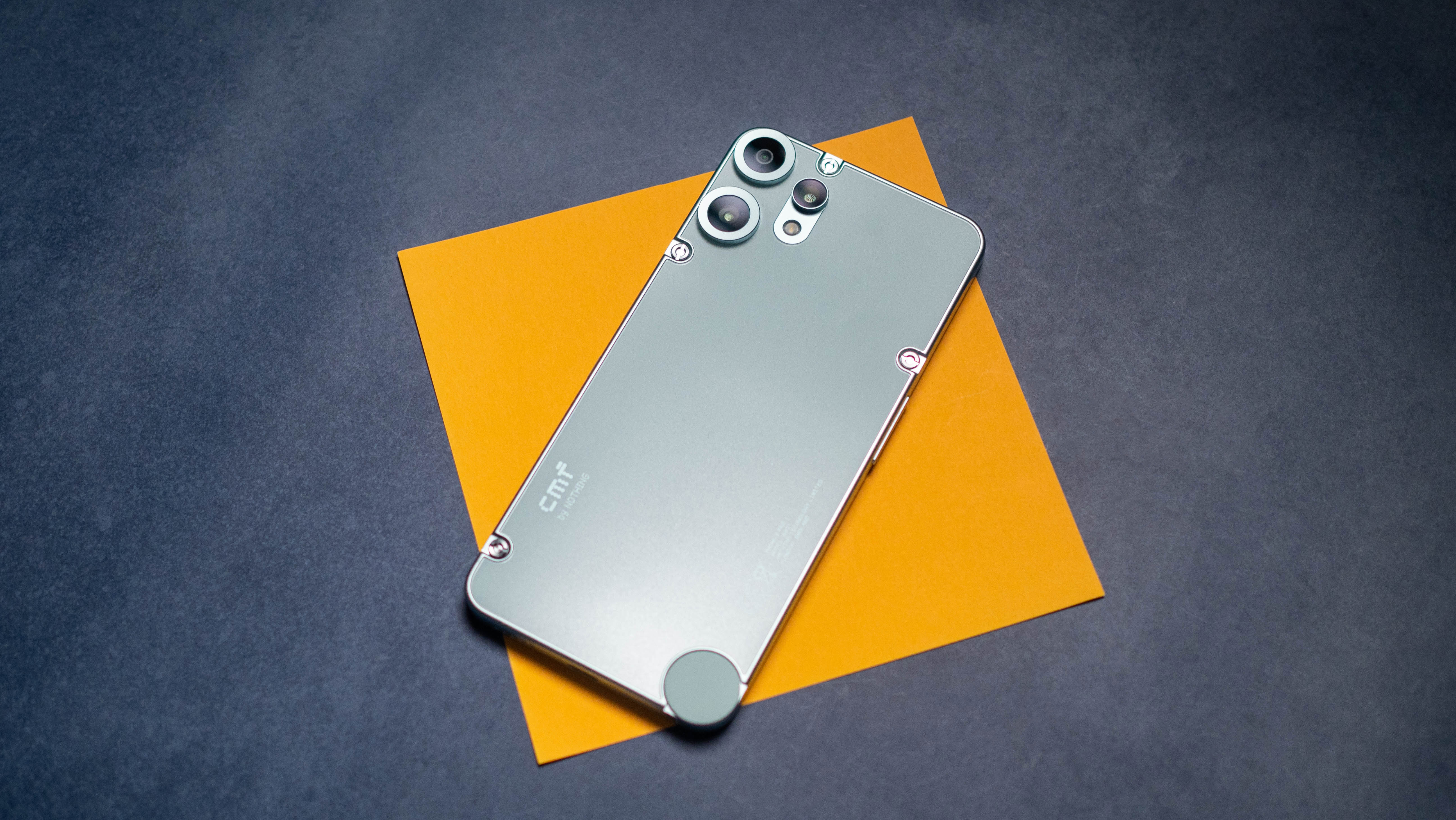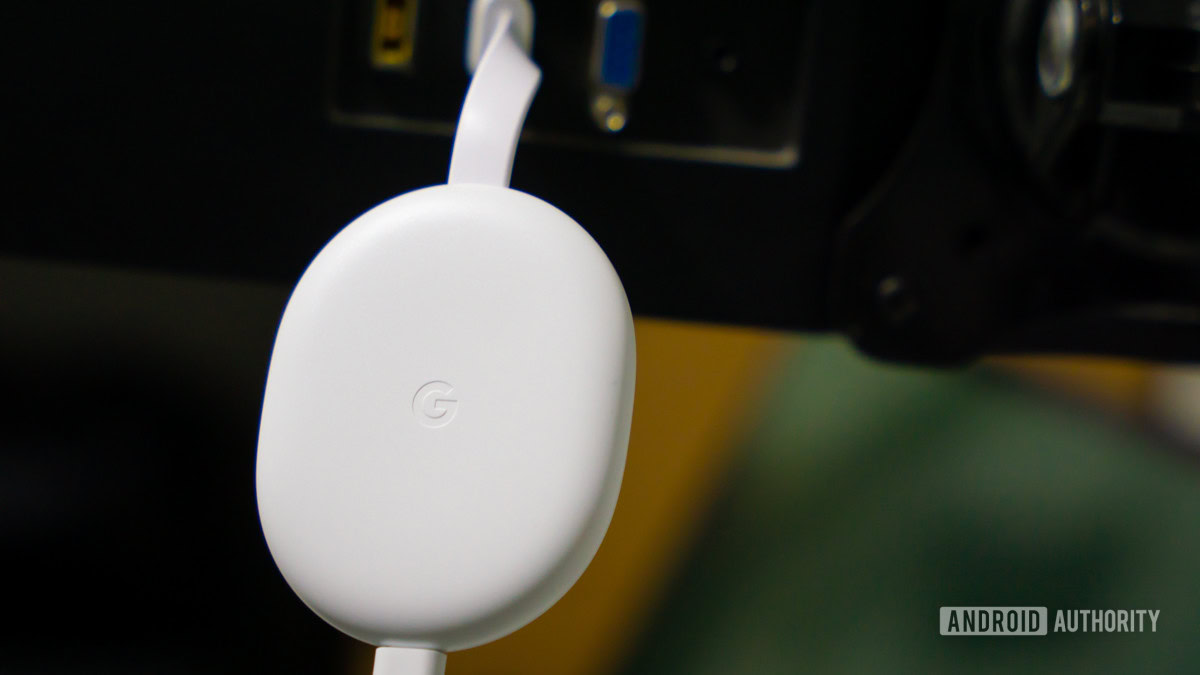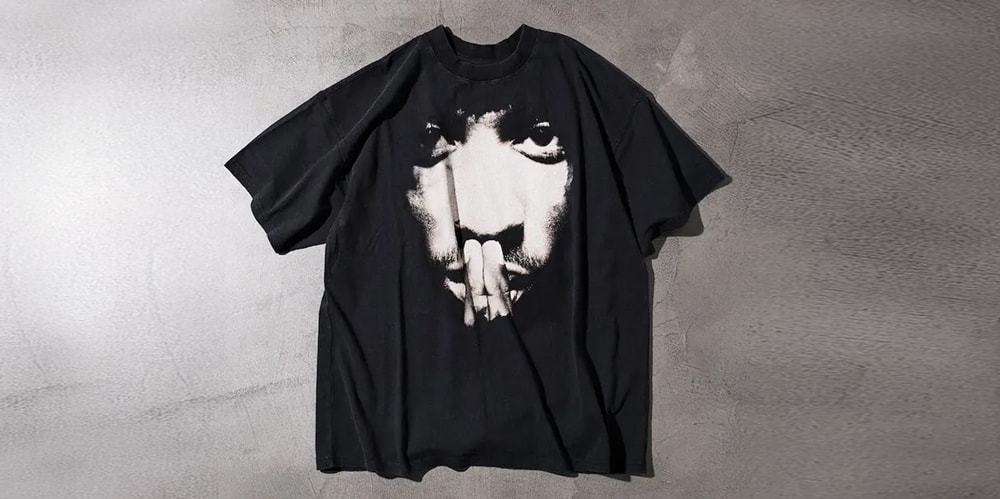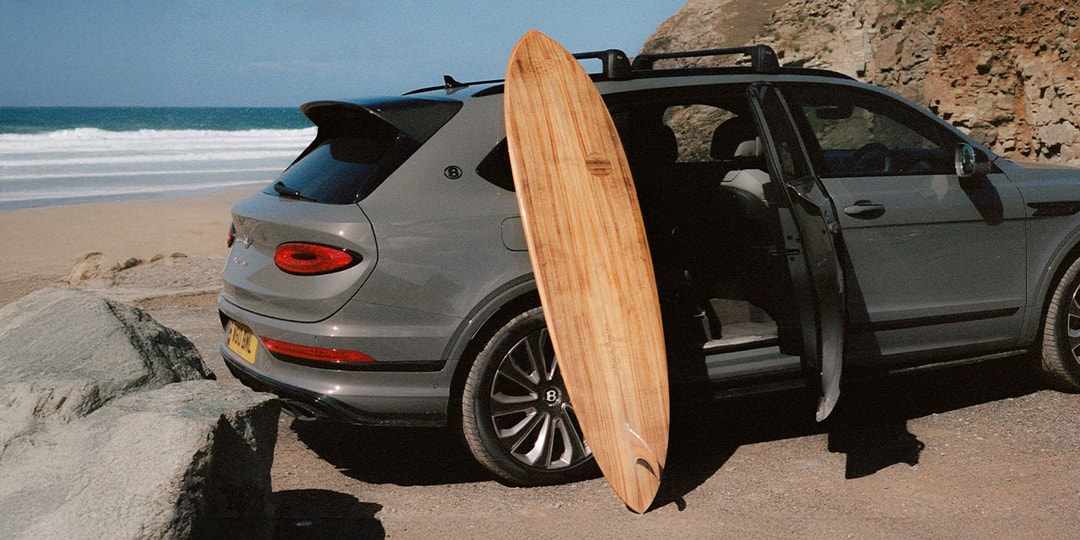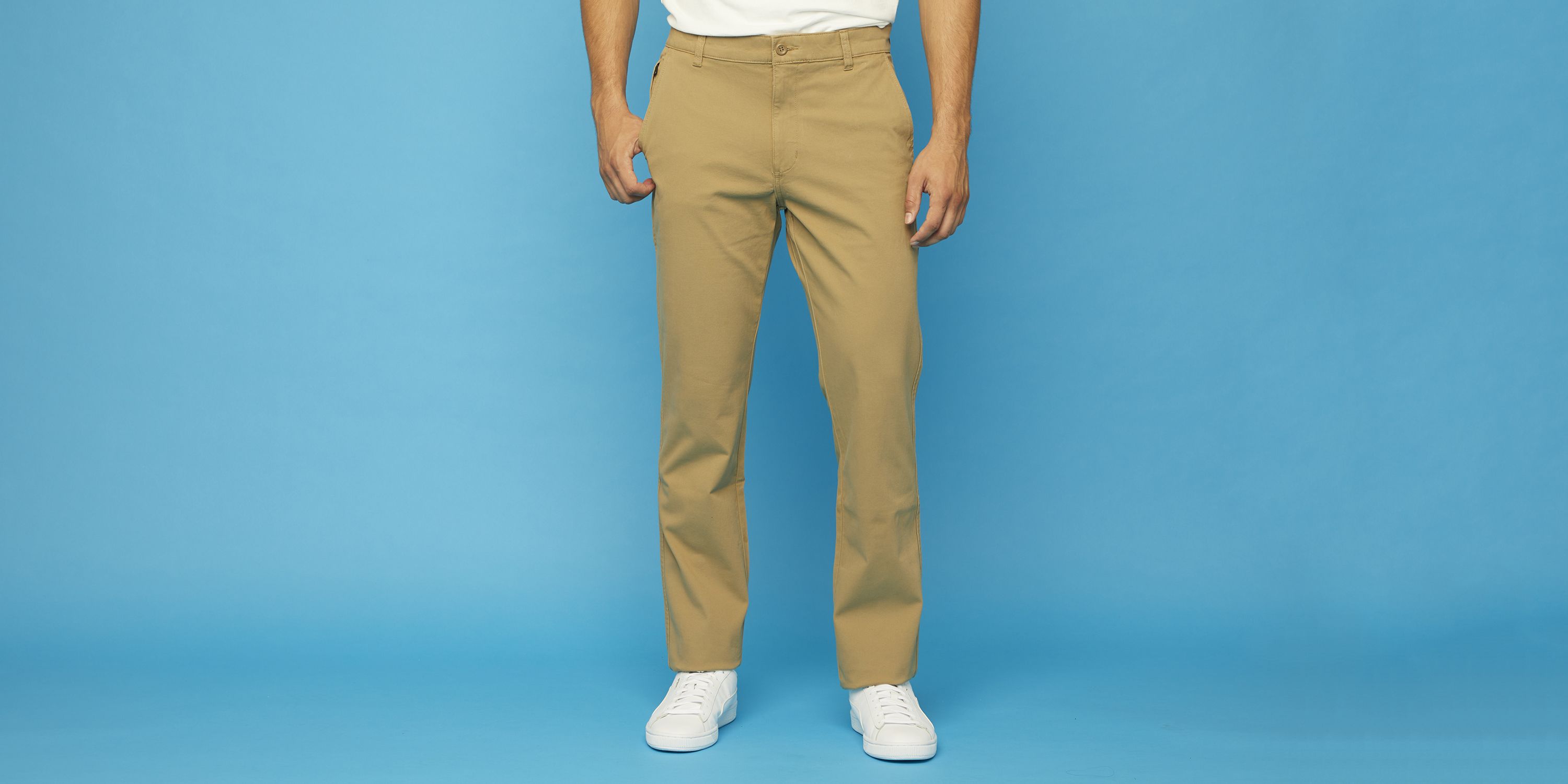The Nordic Recovery Trick That’s Helping Athletes Train Harder with Less Pain
This centuries-old method might be the secret weapon you need to boost recovery.
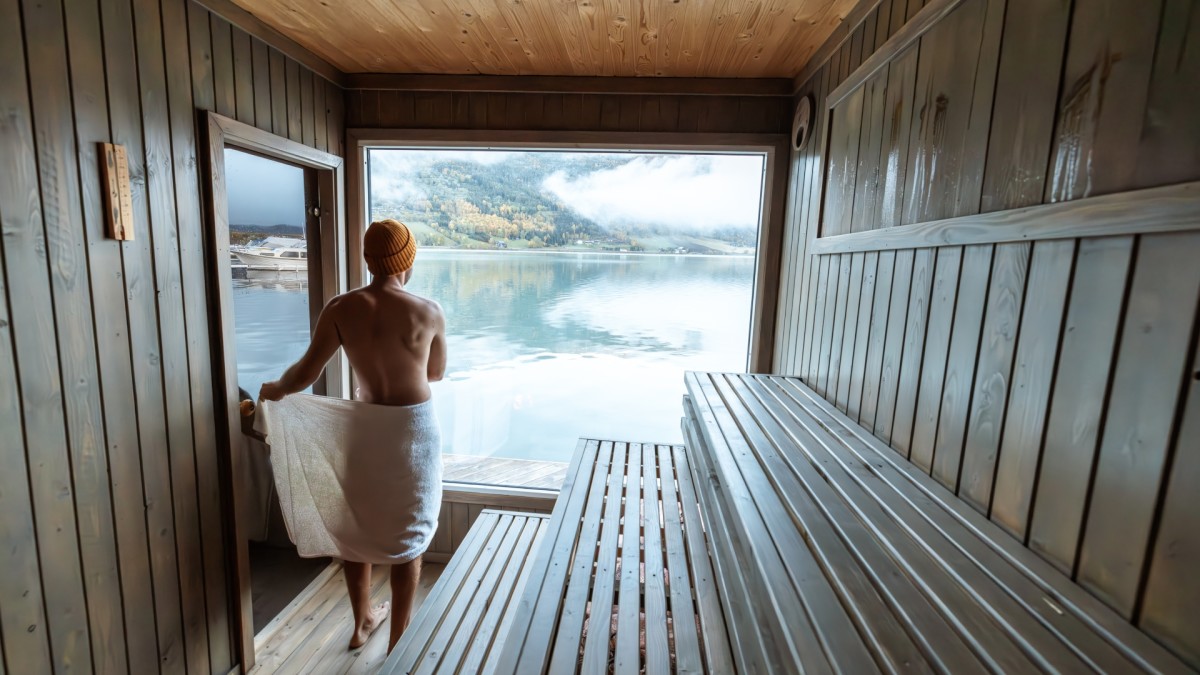
Don't let the internet fool you, alternating between sauna sessions and cold plunges isn't anything new. In some cultures, they've been cornerstones of recovery for centuries. In Nordic countries, sweating it out is part of everyday life. In Finland (where the sauna was invented), Sweden, and Norway, it’s common to move between intense heat (from a sauna or hot bath) and extreme cold (like an icy lake or freezing shower).
This practice, known as hot and cold cycling or contrast therapy, is believed to supercharge circulation, speed up recovery, and build resilience in both the body and mind.
To break down the real benefits of contrast therapy—and how to use it for better performance—we tapped Allen Penn, founder of Framework, a Nashville-based sauna and cold plunge studio.
How It Works
"I think the easiest way to think about how hot therapy works is that it's basically an exercise memetic; it mirrors the benefits of a cardiovascular workout in particular," Penn says. "The heat is going to cause blood vessels to expand so the blood can pump better around your body. Cold is going to do the opposite, it's going to constrict them."
Together, the expansion (vasodilation) and contraction (vasoconstriction) regulate blood flow, deliver nutrients to sore muscles, and remove waste products—all critical for healing and rebuilding tissue.
Ideal Hot-To-Cold Time Ratio
According to Dr. Susanna Søberg, a scientist specializing in metabolism, temperature exposure, and longevity, you don't need hours of extreme therapy to see results. Per her 2021 study, she recommends just 11 minutes of cold exposure per week, broken into short sessions, and about 57 minutes of sauna use, divided into 10- to 15-minute intervals. This simple routine has been linked to benefits like lower blood sugar and better cardiovascular health.
Related: This Disturbing Side Effect of Marathon Running Caught Scientists Off Guard
When to Do It
The research for cold therapy is pretty clear: If you want to gain muscle mass, cold plunging right after a workout is a no-go. Studies show that not only can it cut amino acid delivery to muscles, but it can also interfere with recovery by restricting blood flow. If you're an endurance athlete, though, cold plunging might be able to aid in recovery by reducing inflammation.
Sauna use, on the other hand, is beneficial after any workout, including strength training. Regardless of timing, it helps the body recover by boosting circulation, reducing muscle soreness, and supporting cardiovascular health.
Recover Better Together
Unlike other cultures, which often utilized hot and cold therapy as part of community building, the United States has long used it as a solo journey.
"In Europe, what has really persisted and grown is the large-format bathhouse," says Penn, who built his studio around community. "You go to this communal place, and there's a bunch of other people doing hot and cold and other things like that. In the U.S., it's been more like, let me buy the cold plunge for my house, let me buy the sauna for myself. Not really the point. If you go back to the cultural underpinnings and what I think is the ideal way to go through this experience, it's about doing it with other people."


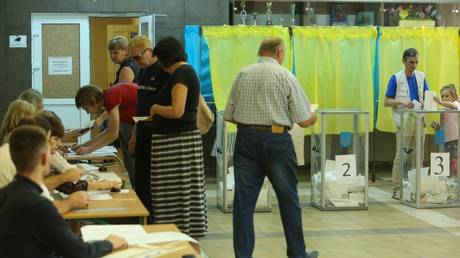






![Day 150/365 [Learning Full stack]](https://media2.dev.to/dynamic/image/width=800%2Cheight=%2Cfit=scale-down%2Cgravity=auto%2Cformat=auto/https%3A%2F%2Fdev-to-uploads.s3.amazonaws.com%2Fuploads%2Farticles%2Fsbotrmfe9hl2ts9rhf42.jpg)








